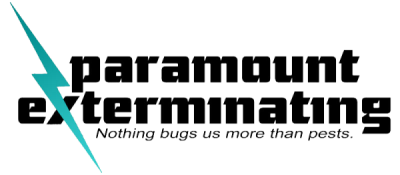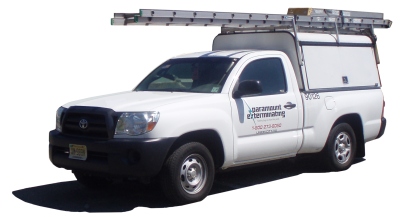
PROFESSIONAL PEST CONTROL SINCE 1930
What is IPM?
The United States Environmental Protection Agency states:
Integrated Pest Management (IPM) is an effective and environmentally sensitive approach to pest management that relies on a combination of common-sense practices. IPM programs use current, comprehensive information on the life cycles of pests and their interaction with the environment. This information, in combination with available pest control methods, is used to manage pest damage by the most economical means, and with the least possible hazard to people, property, and the environment.
How do IPM programs work?
IPM is not a single pest control method but, rather, a series of pest management evaluations, decisions and controls that follow a four-tiered approach. The four steps include:
Set Action Thresholds
Before taking any pest control action, IPM first sets an action threshold, a point at which pest populations or environmental conditions indicate that pest control action must be taken. Sighting a single pest does not always mean control is needed. The level at which pests will either become an economic threat is critical to guide future pest control decisions.
Monitor and Identify Pests
Not all insects, weeds, and other living organisms require control. Many organisms are innocuous, and some are even beneficial. IPM programs work to monitor for pests and identify them accurately, so that appropriate control decisions can be made in conjunction with action thresholds. This monitoring and identification removes the possibility that pesticides will be used when they are not really needed or that the wrong kind of pesticide will be used.
Prevention
As a first line of pest control, IPM programs work to manage the indoor and outdoor space to prevent pests from becoming a threat. Sealing up pest access points is a crucial step in solving pest issues and these control methods can be very effective and cost-efficient while presenting little to no risk to people or the environment.
Control
Once monitoring, identification, and action thresholds indicate that pest control is required, and preventive methods are no longer effective or available, IPM programs then evaluate the proper control method both for effectiveness and risk. Effective, less risky pest control methods are chosen first, including highly targeted chemicals, such as pheromones to disrupt pest mating, or mechanical control, such as trapping. If further monitoring, identifications and action thresholds indicate that less risky controls are not working, then additional pest control methods would be employed, such as targeted spraying of pesticides. Broadcast spraying of non-specific pesticides is a last resort.
For more information on IPM practices and policies please visit United States Environmental Protection Agency website at:
FREE ESTIMATES – ZERO OBLIGATIONS
Click HERE For A Free Estimate!
With a free estimate from one of our experienced professionals, you learn about all of the benefits of Paramount’s services. We will work with you to design a specialized program specific to your needs! Call or click for a free estimate.
CLICK HERE FOR A FREE QUOTE!

